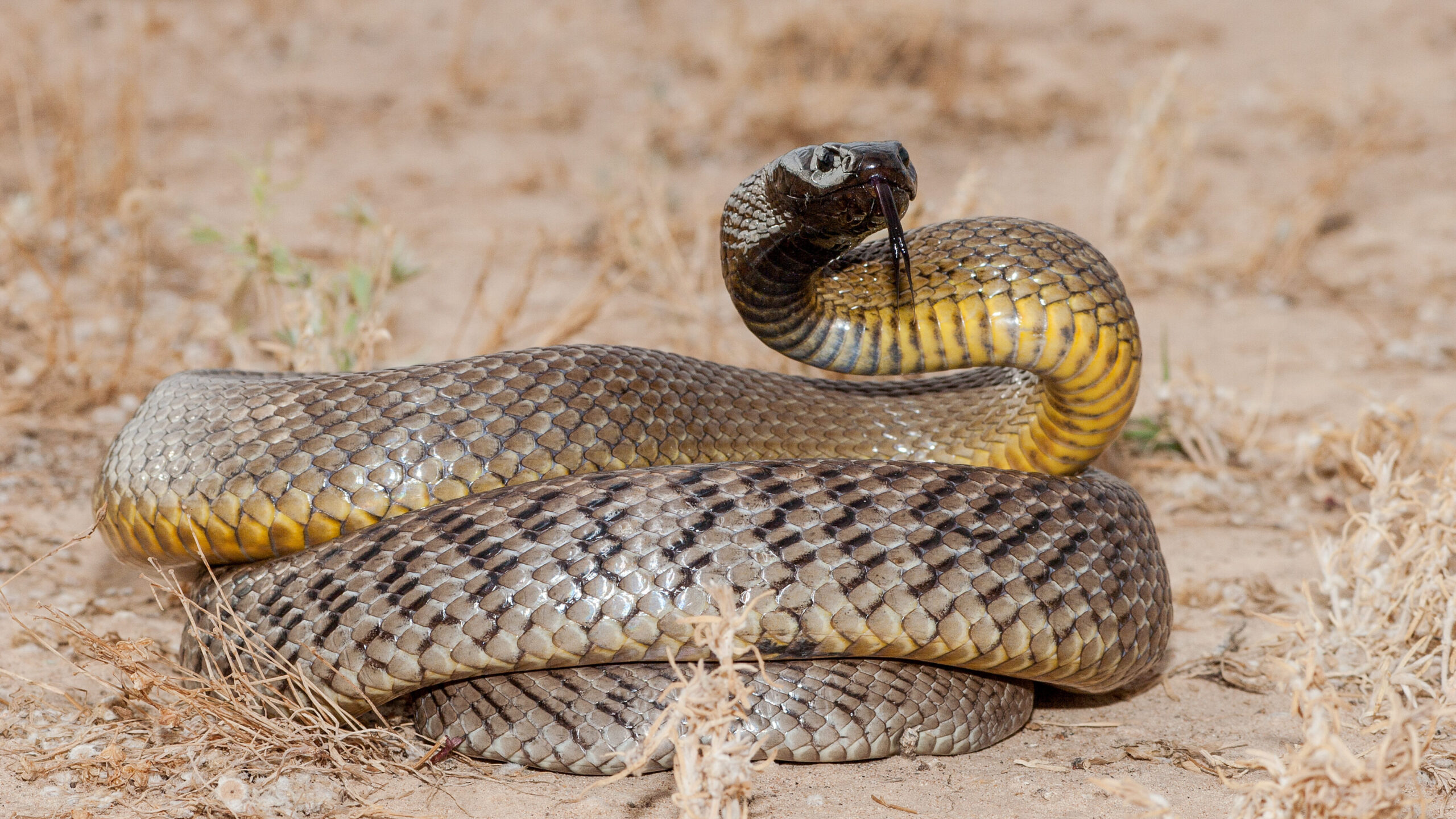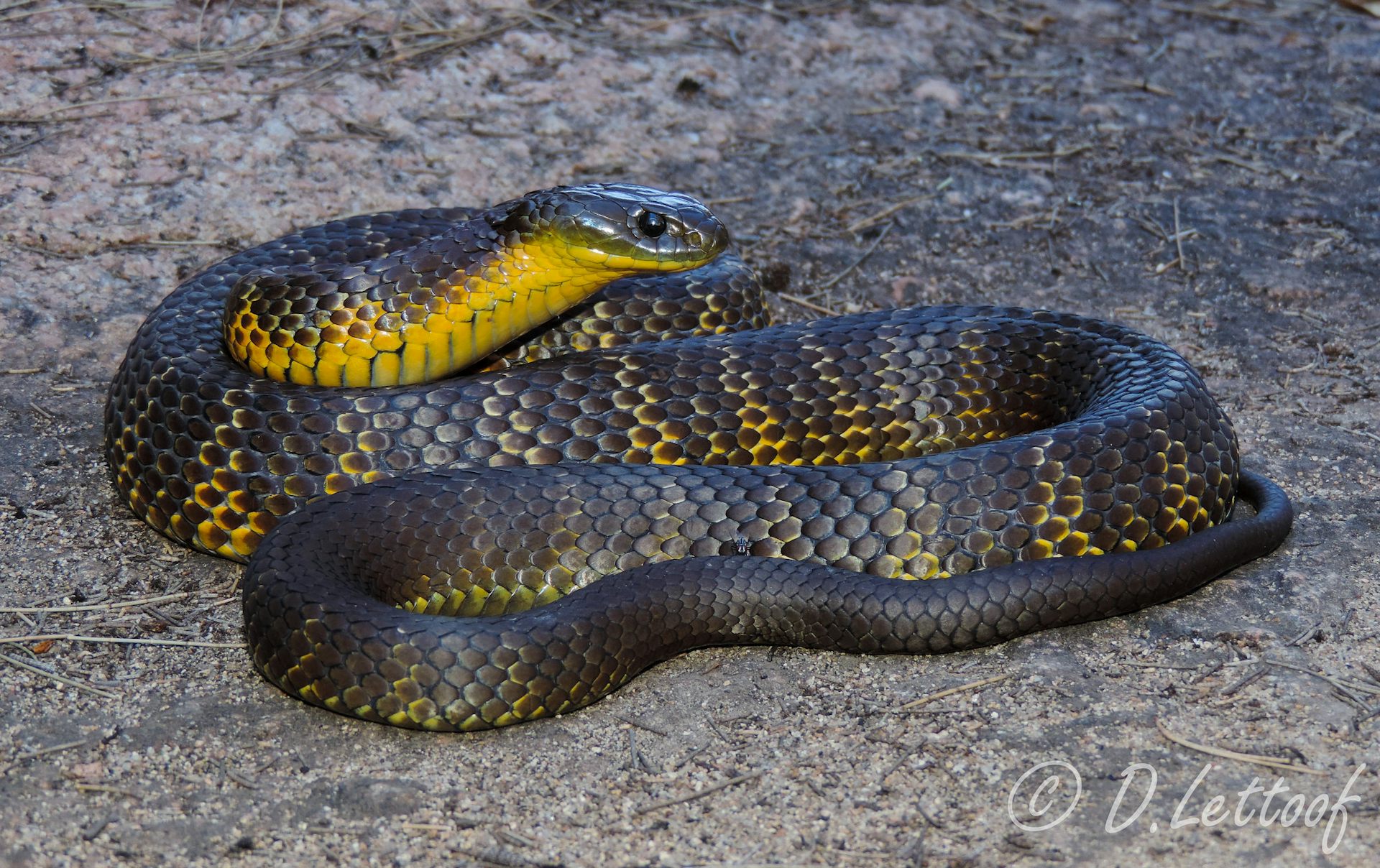My brilliant blog 5027
Introduction
When it comes to outdoor adventures, the thrill of exploring nature can quickly turn into a nightmare if you're bitten by a snake. The fear and panic that follow such an incident can be overwhelming, making understanding first aid for snake bites essential. In this comprehensive guide, we will delve into the necessary steps for providing first aid for snake bites, from identifying venomous snakes to assembling an effective snake bite first aid kit. This article serves as a quick reference, enriched with detailed pictures to help you recognize symptoms, apply treatments, and act promptly in emergencies.
What is First Aid for Snake Bite?
First aid for snake bite refers to the immediate care given to someone who has been bitten by a snake. This initial treatment is critical in minimizing the effects of venom and can significantly impact recovery outcomes. Understanding the recommended steps is crucial because timely intervention can save lives.
Identifying Venomous Snakes: A Key Step
Recognizing whether a snake is venomous or non-venomous plays a vital role in managing a snake bite. In Australia, some of the most dangerous snakes include:
- Eastern Brown Snake Tiger Snake Black Snake
Knowing how to identify these species can be lifesaving.
Symptoms of Snake Bites: What to Look For
After being bitten by a snake, recognizing symptoms early on is crucial. Common signs include:

- Swelling around the bite area Discoloration or bruising Nausea and vomiting Difficulty breathing
Understanding these symptoms allows you to act swiftly.

The Importance of First Aid Training
While many people know basic first aid, specific training focused on snake bites is crucial for those living in high-risk areas. Courses often cover:
Identifying symptoms Proper immobilization techniques Best practices for transporting victims safelyConsider enrolling in certified first aid courses that emphasize snake bite scenarios.
Quick Reference: First Aid Pictures for Snake Bites
A visual guide can be instrumental when dealing with emergencies like snake bites. Below are key steps illustrated through pictures that demonstrate effective first aid measures.
Step 1: Call Emergency Services Immediately
Calling emergency services should always be your first action after ensuring your safety from further encounters with snakes.
Step 2: Keep the Victim Calm
Stress exacerbates venom spread; keeping the victim calm helps reduce heart rate and delay venom absorption.
How Can You Keep Them Calm?
- Offer reassurance. Encourage slow breathing. Avoid discussing fears about snakes or consequences.
Step 3: Immobilize the Affected Limb
Using a splint or any rigid object, immobilize the affected limb at or below heart level to minimize movement.
Visual Guide: How to Properly Immobilize an Affected Limb
Find materials—bandages or splints. Secure them gently but firmly. Ensure circulation remains intact by checking pulse frequently.Creating an Effective Snake Bite First Aid Kit
A well-stocked snake bite first aid kit enhances preparedness during outdoor excursions. Essential items include:
| Item | Purpose | |---------------------------|------------------------------------------| | Compression bandage | Control swelling | | Splint | Immobilization | | Antihistamines | Manage allergic reactions | | Pain relievers | Alleviate discomfort | | Emergency contact list | Quick access to medical support |
Where Can You Purchase a Snake Bite First Aid Kit?
Many online retailers and local pharmacies offer specialized kits designed australian rough scaled snake specifically for snake bites—be sure yours meets regional health guidelines.
First Aid Treatment for Snake Bites: Detailed Steps
Here’s a detailed breakdown of how to administer first aid following a snake bite:
Step 4: Remove Tight Clothing and Jewelry
Swelling may occur rapidly; remove any constricting items around the bite site before they become too tight.
Step 5: Monitor Symptoms Closely
Watch for changes in physical condition such as difficulty breathing or increased swelling that may require immediate medical attention.
First Aid Techniques Explained with Pictures
Below we’ll discuss more advanced techniques Inland Taipan that might be necessary depending on your situation.
Using Pressure Bandages Effectively
Proper application of pressure bandages can control bleeding and swelling while enhancing comfort until professional help arrives.

Visual Guide: How to Apply Pressure Bandages
Start wrapping from below the bite site. Apply steady pressure without cutting off circulation. Secure it in place with tape or clips if available.First Aid Care for Snake Bite Victims: Additional Considerations
Victims of snake bites may have unique needs based on their overall health conditions:
Assess allergies (e.g., latex) Check current medications that could interact negatively Provide water if conscious (but avoid alcohol or caffeine)Transporting Victims Safely After Initial Care
If professional help isn't immediately available, transport must be handled cautiously:
Best Practices Include:
Use flat surfaces when possible. Avoid bumping during transport. Maintain communication with emergency responders en route.Frequently Asked Questions (FAQs)
What Should I Do If I Can’t Identify the Snake?
Even if you’re unsure about species identification, it’s critical to treat every bite as potentially serious and seek immediate medical assistance.
Can I Suck out Venom from the Bite Area?
No! This outdated method is ineffective and could lead to further complications like infection or additional venom exposure.
How Long Do I Have Before Seeking Help?
Time varies depending on various factors including type of snake and amount of venom injected; however, do not wait longer than 30 minutes before seeking help!
Is It Safe To Apply Ice on The Bite?
Applying ice directly isn’t recommended Snake awareness Australia as it may exacerbate tissue damage; instead use cool compresses loosely wrapped around affected areas if necessary until help arrives.
Are All Snake Bites Dangerous?
Not all snakes are venomous; however, it’s best not to take risks—always seek medical evaluation after any kind of snake encounter!
What If The Victim Is Allergic To Antivenom?
Inform medical personnel about allergies upon arrival at healthcare facilities so they can prepare alternative treatments accordingly; pre-existing conditions should always be communicated!
Conclusion
Understanding how to provide first aid for snake bites can mean the difference between life and death in critical situations where time matters most! It's indispensable knowledge not only for outdoor enthusiasts but also anyone residing in areas prone to wildlife encounters—including urban settings where snakes may wander unexpectedly!
By maintaining awareness regarding local fauna while equipping yourself with practical tools such as well-designed first-aid kits tailored specifically towards treating potential wildlife injuries—you significantly enhance your preparedness against unforeseen incidents! Remember—stay calm during emergencies! Your response could save lives when every second counts!
This comprehensive guide serves as your go-to resource—a quick reference indeed! Whether you’re hiking through bushlands or simply enjoying nature’s beauty—arm yourself with knowledge so you’re ready if confronted by these magnificent yet sometimes perilous creatures!
